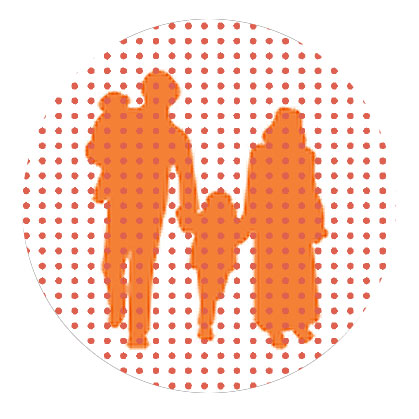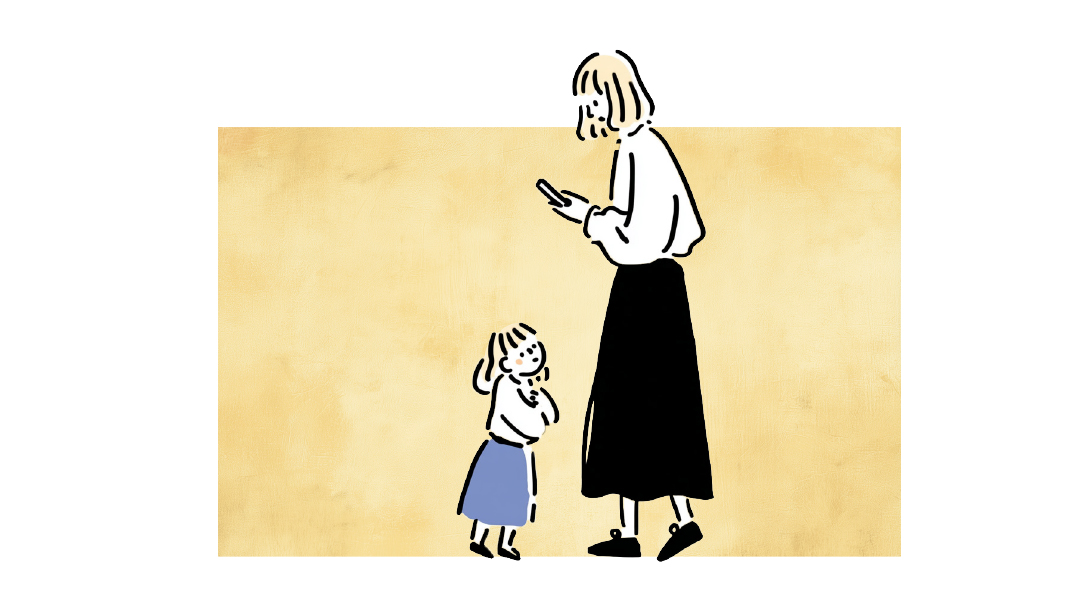Get Past Panic

The best way to deal with panic attacks is to stop them in their tracks

"My father passed away from a heart attack at age 53 and his father, my grandfather, also died of a heart attack in his late fifties. I’m terrified that this is going to happen to me as well.
I’m 48 now, and I feel like my time is running out. Whenever I get stressed, I feel a squeezing pressure in my chest, and each time I think, ‘This is it; it’s over now.’”
Michoel is understandably anxious — his family history frightens him. When he’s under pressure at work or at home, he immediately fixates on the threat to his heart. He does regular body scans — “I feel tightness there,” he notices. “Yes, it could be indigestion, but what if it’s a heart attack!!!???!!!”
Respecting his calculation, his brain sends powerful chemicals throughout the cells of his body, readying him with adrenaline and cortisol for the impending life-threatening emergency.
Now, with a racing heart, sweaty palms, a feeling of light-headedness, nausea, and a sense of imminent threat, Michoel tells his wife to call an ambulance. The ride to the ER, the flashing lights and screaming sirens, heightens the drama and fear. It’s hard for Michoel to accept so soon afterward that the diagnosis isn’t heart failure, but a panic attack.
What’s Going On
Let’s look more closely at what happened to Michoel. First of all, he nurtured an anxious thought. He was still young when his father died suddenly and, although he had known about his grandfather’s early death, he hadn’t expected his father to follow suit. The trauma, combined with the pattern of “two,” formed a powerful circuit in his brain: “Maybe it runs in the family; maybe I’ll die young, too.”
This was a thought he re-thought regularly throughout the years since his father’s passing. Re-thinking a thought involves putting one’s attention on a particular idea and reviewing it, repeating it, and re-feeling its ramifications.
The thought constantly triggered the fight-or-flight response, resulting in a rapidly beating heart and other symptoms of a body revving up to meet an intense challenge. Through his thought processes, Michoel was scaring his body into the emergency response. Then, noticing the overwhelming physical reaction, he became even more scared, causing his brain to release even more adrenaline. Soon, he was in full-blown panic.
Terror-laced thoughts feed upon themselves, creating ever more panic. Therefore, steps need to be taken to prevent these thoughts from taking hold in the first place. Michoel could interrupt the automatic thought process by engaging in a logical and spiritual analysis. When in a calm state of mind, he could ask himself: What can I do to lessen my chances of succumbing to early myocardial infarction? Which doctor should I call? What protocol should I follow? What spiritual steps can I take? Which rabbi should I consult? Which psychologist can help me with the residual anxiety about all this?
Problem-solving and taking proactive steps to reduce fear would help prevent the panic cycle from happening in the future.
Living with Fear
There are many specific strategies to use as well. Here are just a few examples:
Michoel could familiarize himself with the actual symptoms of a heart attack so that he would be able to differentiate these sensations from the sensations of anxiety.
He could re-wire the anxious thought circuit. The thought “I might die young” and all its variations, is an idea that needs to be replaced with a more calming concept. When the thought pops into awareness, Michoel would need to immediately change the thought. Any change will do, such as “I might die young or I might die old” or “I like breaded chicken.” It really doesn’t matter what the new thought is as long as the repetitive dysfunctional thoughts cease. Eventually, the dysfunctional thought circuit, with all of its terror-inducing chemistry, will weaken from lack of attention.
If the thought was triggered by a bodily sensation such as pain or tension, and the amygdala has already released some fear-of-death chemistry, Michoel could help turn off that faucet. He could do this by spraying some Rescue Remedy on his neck or arms and by focusing his attention on a thought like, “I’m fine. These sensations are caused by the fight-or-flight chemistry and will soon go away.”
Michoel could learn to support his frightened parts, soothing them as a father soothes a scared child — naming their feelings, exploring their fears, providing encouragement and a nurturing presence (just being there for them).
(Originally featured in Family First, Issue 786)
Oops! We could not locate your form.




